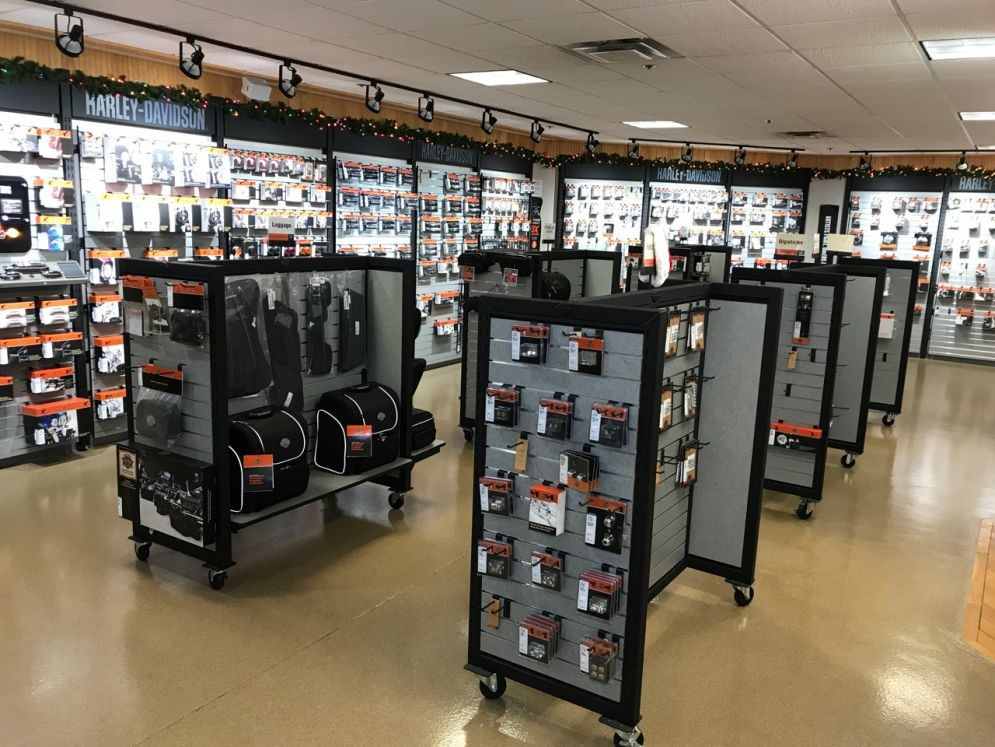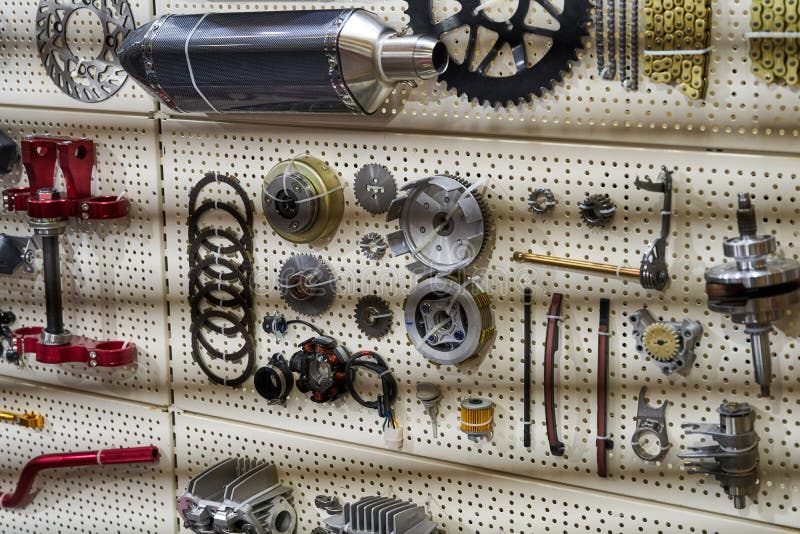Store the Best MX Parts NZ for Your High-Performance Bike
Store the Best MX Parts NZ for Your High-Performance Bike
Blog Article
Comprehending the Important Parts of a Bike: A Comprehensive Guide for Lovers
For bike enthusiasts looking to boost their riding experience and ensure their bikes run efficiently, understanding the important elements of a bike is vital. Each component, from the engine's intricate operations to the essential duty of the stopping devices, not just affects performance but also safety and convenience.
Engine Elements

The camshaft plays a critical role in regulating the timing of the engine's shutoffs, making certain the accurate opening and closing essential for effective gas and air consumption, in addition to exhaust expulsion. This timing is critical to preserving optimum engine efficiency and efficiency. Furthermore, the carburetor or gas shot system, depending upon the motorbike model, is in charge of blending air with fuel in the right proportion for combustion.
The cooling system, either air or liquid-based, functions to maintain the engine's temperature within functional restrictions, protecting against overheating and making certain longevity - motorcycle shop. Each element, carefully created and incorporated, adds to the seamless procedure of the engine, specifying the bike's power output and overall efficiency
Transmission System
Indispensable to the motorcycle's functionality, the transmission system makes sure efficient power transfer from the engine to the wheels. This system comprises a number of important parts, including the clutch, gearbox, and final drive, each playing a crucial duty in equating the engine's power right into movement. The clutch, normally run by a hand lever, serves to involve and disengage the engine from the transmission, enabling smooth gear changes and controlled acceleration.
The transmission, typically described as the transmission correct, has a collection of equipments that riders can manually change via to readjust the bike's rate and torque result. These gears are set up in a sequence that enables the motorcycle to accelerate efficiently and maintain optimal engine performance throughout numerous rates. Most motorcycles make use of a consecutive gearbox, needing the cyclist to change equipments in an established order.
Braking Systems
While understanding the transmission system is crucial to harnessing a bike's power, similarly essential is the capacity to regulate and stop that power successfully, which is where stopping systems come into play. Brakes are essential for safety and efficiency, offering the rider with the essential control to navigate different surfaces and conditions. Generally, bikes feature two kinds of braking systems: disc brakes and drum brakes.
Disc brakes are much more widespread in contemporary motorcycles as a result of their remarkable efficiency. They contain a brake disc, caliper, and pads. When turned on, the caliper squeezes the brake pads versus the spinning disc, converting kinetic power into warmth, thereby slowing the wheel. This system uses far better warmth dissipation, regular performance, and boosted stopping power, specifically in wet conditions.
On the other hand, drum brakes, though much less common, are still discovered in some motorcycles. They function by pushing brake shoes against the internal surface area of a drum connected to the wheel. While usually less efficient in warmth dissipation and stopping power, drum brakes are easier and much visit their website more cost-effective.
Comprehending these stopping systems' subtleties allows bikers to preserve their bikes correctly and appreciate the engineering that makes sure secure and effective stopping.
Suspension and Steering
Suspension and steering systems are essential parts that considerably affect a motorcycle's handling and trip comfort. The suspension system, including forks at the front and shock absorbers at the back, soaks up road irregularities, improving security and control. Front forks, generally telescopic or inverted, compress and rebound to minimize influences, while back shock absorbers preserve tire contact with the road, important for traction and safety and security.
Steering, centered around the handlebars, links the rider to the motorcycle's directional control. The guiding head bearings guarantee smooth operation, allowing exact ability to move. Proper positioning and maintenance of these bearings are crucial for foreseeable guiding response and minimizing rider tiredness.
The suspension's adjustability is another essential facet; preload, damping, and rebound settings enable personalization to suit different riding styles and a fantastic read problems. This flexibility is important for enhancing efficiency, whether navigating city roads or tackling tough trails. Innovations like digital shock absorber provide real-time modifications, enhancing adventure quality throughout varied surfaces.

Electric Equipments
After guaranteeing a smooth and controlled experience via effective suspension and steering systems, focus transforms to the electric systems, a crucial element of contemporary motorbikes. These systems play a vital role not just in starting the engine but also in powering various components that improve the performance and safety and security of the motorcycle.
At the heart of a motorcycle's electrical system is the battery, which stores electrical energy necessary for beginning the engine and powering complementary systems - motox parts nz. The generator or generator, combined with the rectifier-regulator, ensures the battery continues to be billed while the motorbike is in operation, transforming mechanical power into electric power and preserving voltage levels
The ignition system, another vital part, is accountable for sparking the air-fuel mix in the engine's cylinders. Modern bikes typically make use of a digital ignition system, using better performance and reliability contrasted to conventional systems.
Illumination systems, including headlights, tail lights, and indications, are additionally essential, ensuring visibility and safety and security for the biker. Added digital components such as sensors, control devices, and presents contribute to sophisticated attributes like gas shot administration, anti-lock stopping systems (ABS), and electronic dashboards, even more improving the riding experience.
Final Thought
A thorough understanding of a motorbike's essential parts, consisting of the engine, transmission system, braking devices, suspension, guiding, and electric systems, is vital for fanatics intending to optimize comfort, safety and security, and efficiency. Mastery of these elements enables notified choices relating to upkeep and upgrades, inevitably enhancing the riding experience. By integrating this understanding, cyclists can ensure their motorbikes operate at peak performance and integrity, thus optimizing both satisfaction and Click Here long life of their cars.
For bike lovers looking to raise their riding experience and guarantee their bikes run efficiently, recognizing the necessary parts of a bike is vital.Important to the motorcycle's functionality, the transmission system makes sure reliable power transfer from the engine to the wheels.While recognizing the transmission system is essential to using a motorcycle's power, equally vital is the ability to manage and quit that power effectively, which is where stopping devices come right into play. Commonly, motorcycles include 2 kinds of stopping systems: disc brakes and drum brakes.
A complete understanding of a motorbike's crucial components, including the engine, transmission system, braking mechanisms, suspension, steering, and electrical systems, is crucial for fanatics aiming to optimize comfort, safety, and performance.
Report this page